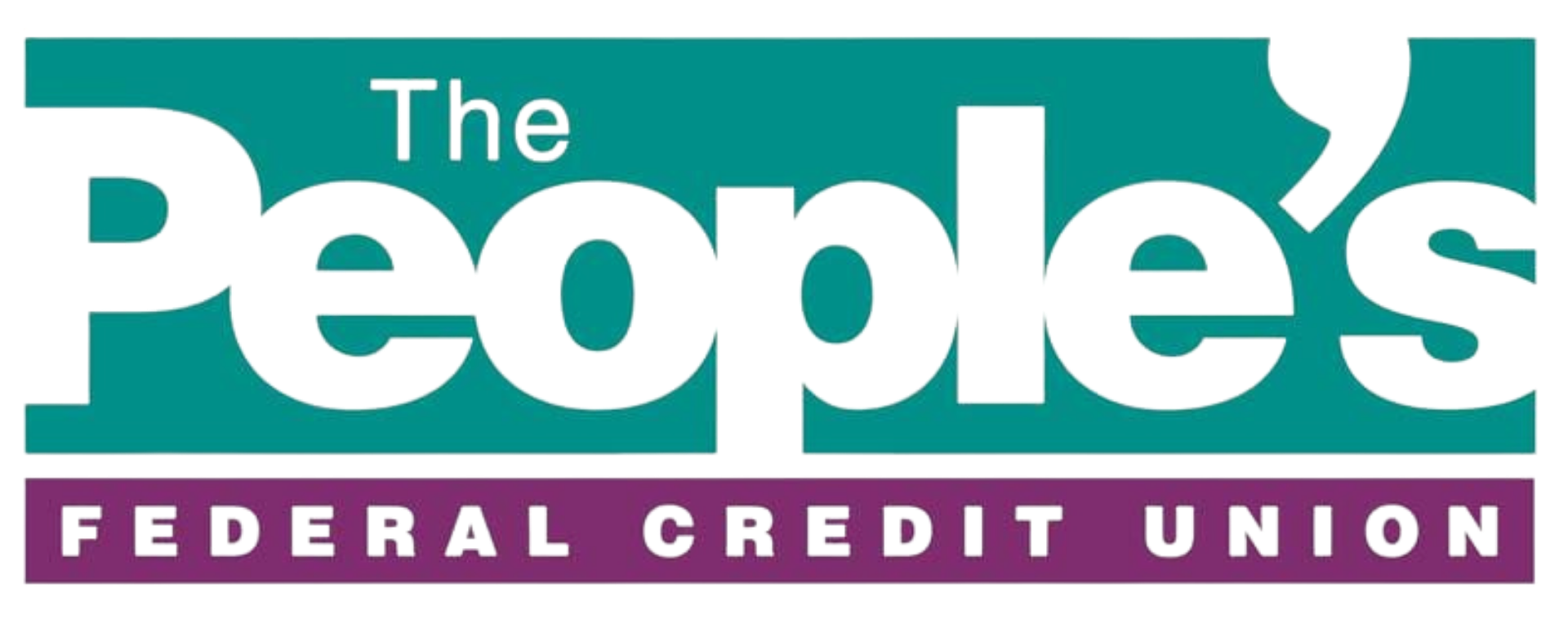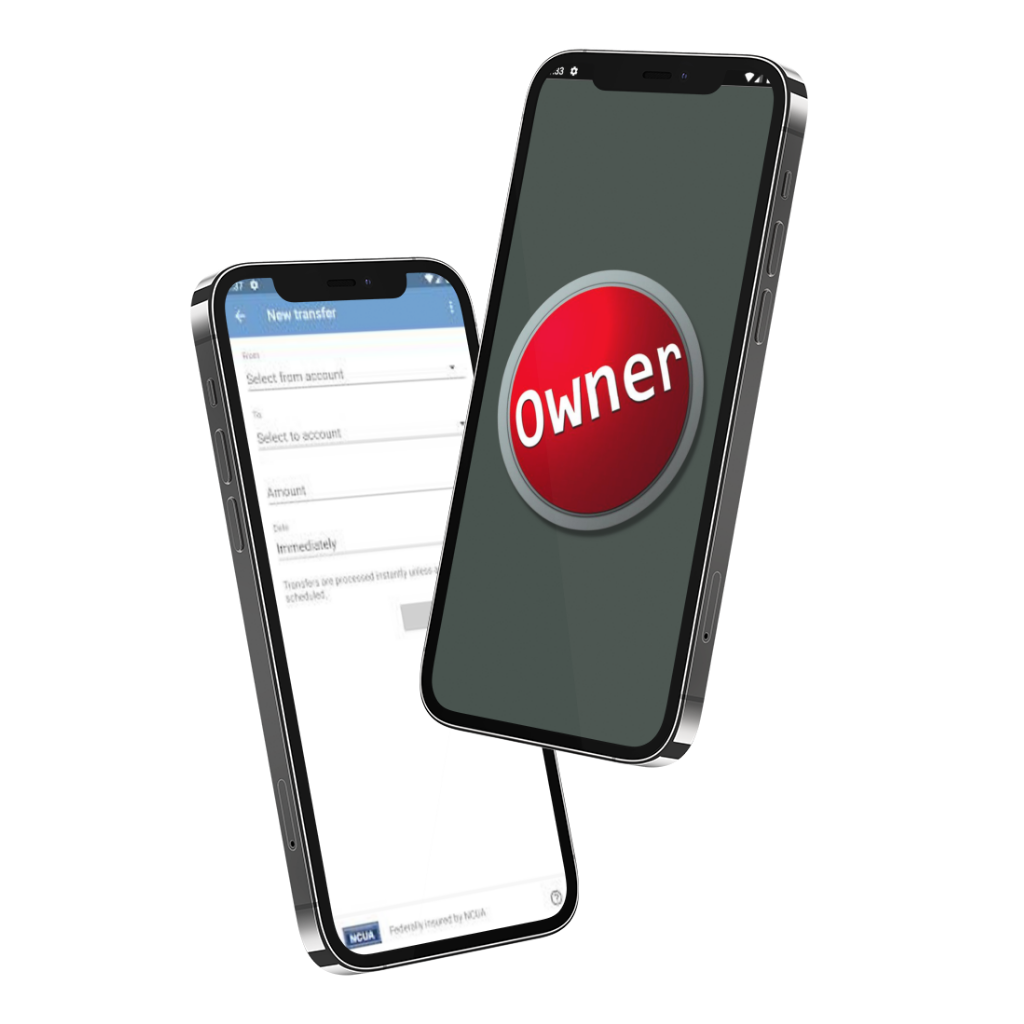Buying your first car is an exciting milestone, but it can feel overwhelming if you are unsure of the steps. By approaching the process methodically, you can find a vehicle that fits your budget and lifestyle. Here’s our step-by-step guide to help you through the process of buying your first car:
1: Set a Budget
The first step in buying your first car is determining what price range you can afford. Consider the upfront costs, like the down payment, and ongoing expenses, such as fuel, maintenance, insurance, and repairs. A good rule of thumb is to keep your monthly car payment under 15% of your monthly income. Don’t forget to leave room in your budget for ongoing costs.
2: Research Your Options
Once you have a budget in place, it’s time to start researching cars. Decide whether you want to buy a new or used vehicle. New cars typically come with warranties and the latest technology, but used cars can be more affordable and have lower depreciation rates.
Consider factors such as fuel efficiency, reliability, safety ratings, and the car’s features. Online reviews, car comparison websites, and visiting dealerships can help narrow your options.
3: Understand Financing
Unless you’re paying cash for the car, you will need to finance the purchase. Start by checking your credit score, as this will impact the loan terms you can get. Look for a car loan with a competitive interest rate and favorable repayment terms.
You should compare loan offers from dealerships and credit unions to find the best deal. Getting pre-approved for an auto loan gives you a better idea of how much you can afford and strengthens your negotiating position.
4: Check Insurance Rates
Before making a final decision, it’s important to check insurance rates for the type of vehicles you’re considering. Car insurance costs vary widely depending on the make, model, year, and driving history. To avoid any surprises, get a few insurance quotes and remember to factor this cost into your budget.
5: Take a Test Drive

Always take a vehicle you’re interested in for a test drive before making any decisions on purchasing it. Pay attention to how the car handles, how comfortable it is, and whether everything, including safety features such as backup cameras, works correctly. Drive in various conditions, including highway and city driving, to get a feel for how the car performs.
6: Inspect the Vehicle
When you’ve found a car that checks your boxes after the test drive, inspect it carefully. If you’re buying a used car, ask for a vehicle history report to check for any accidents or major repairs. Consider hiring a mechanic to do a professional inspection. They can help you spot any potential issues that might not be obvious.
7: Negotiate the Price
Research the vehicle’s fair market value at Kelley Blue Book to ensure you get a good deal. It is acceptable to negotiate the sticker price to get a better deal. Be prepared to walk away if the dealership won’t negotiate.
8: Complete the Paperwork
The final step to car ownership is to complete the paperwork. Make sure you understand all the terms and conditions in the sales contract. Confirm the interest rate, loan term, and monthly payment. Once everything is signed, you must ensure it’s insured before driving it home.
Get Pre-Approved for a Car Loan in Texas Today
At The People’s Federal Credit Union, we offer competitive auto loan options. With flexible loan terms, low rates, and personalized service, we’re here to make your car-buying experience smooth and affordable. Contact us today to get pre-approved and to learn more about how we can help you finance your first car.








